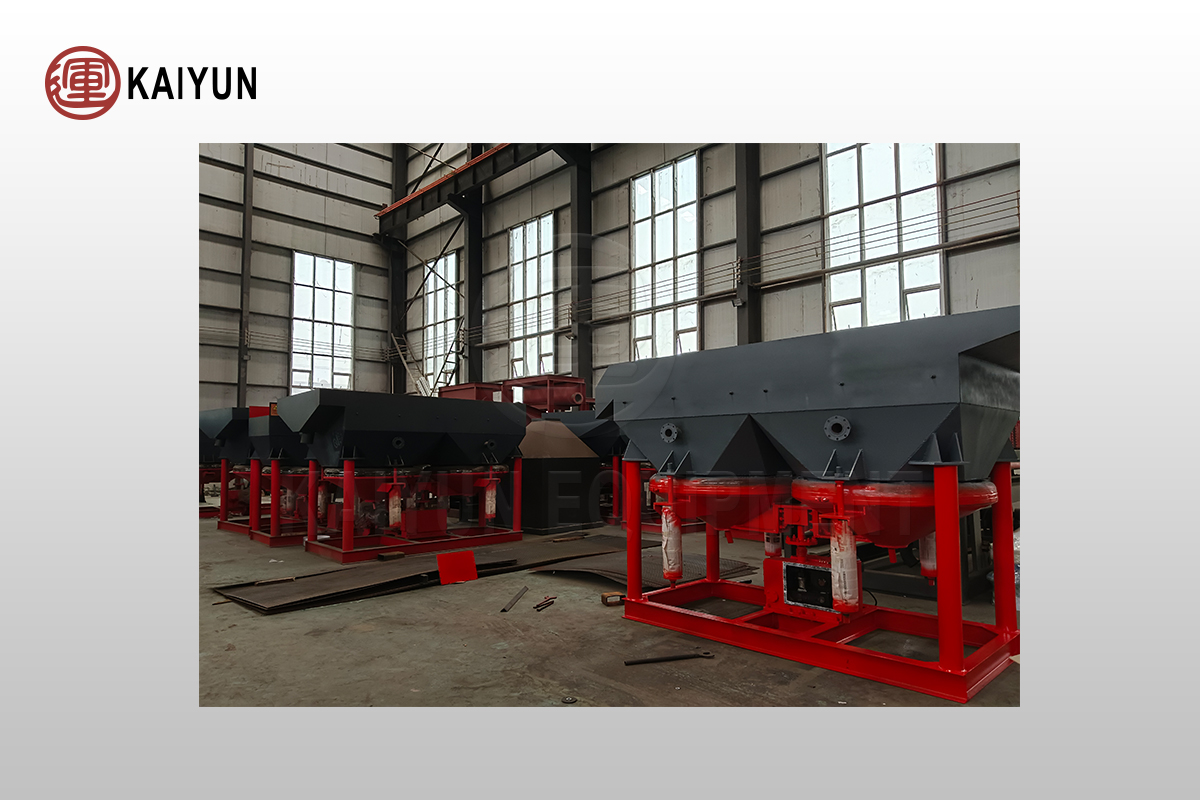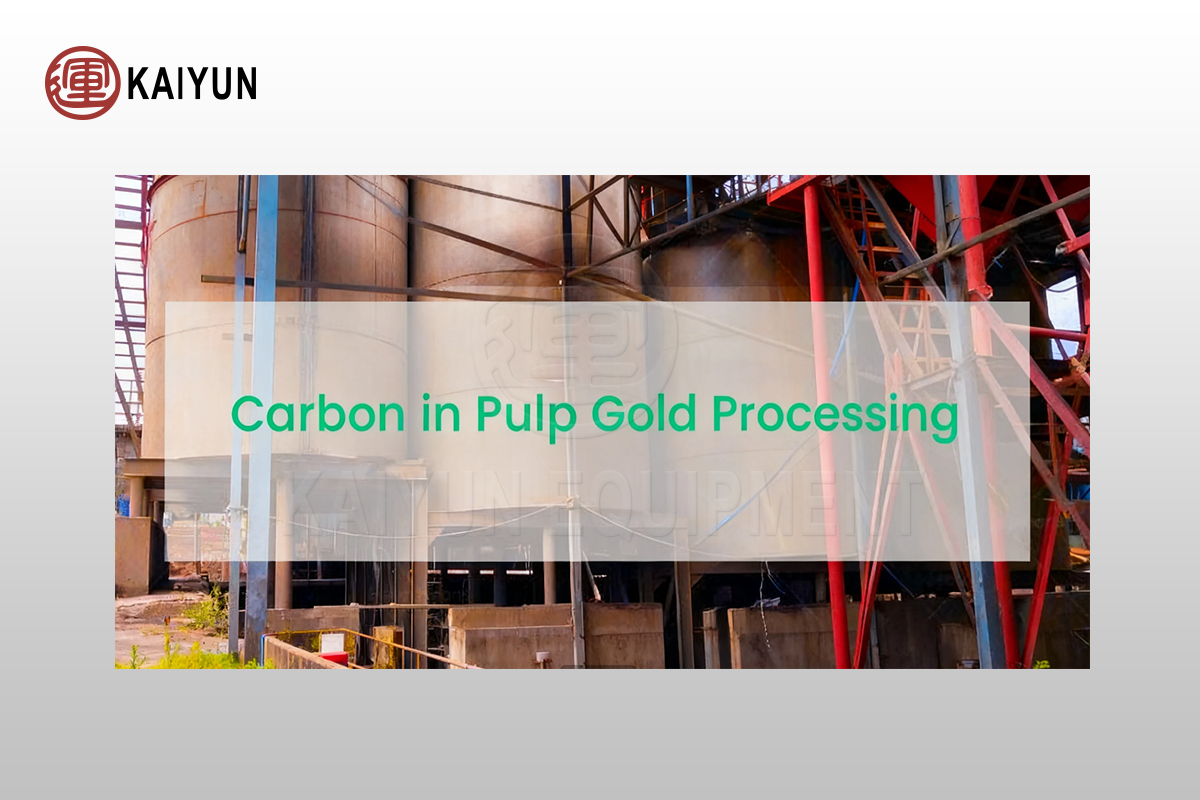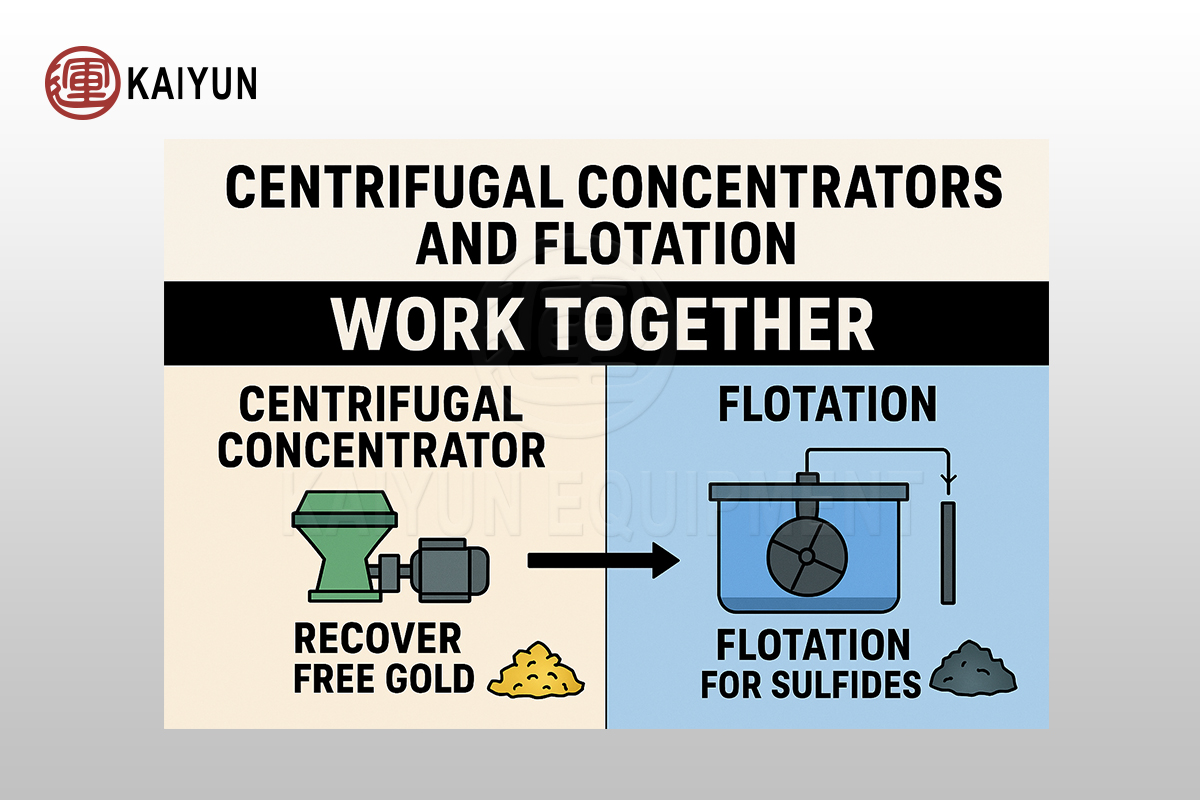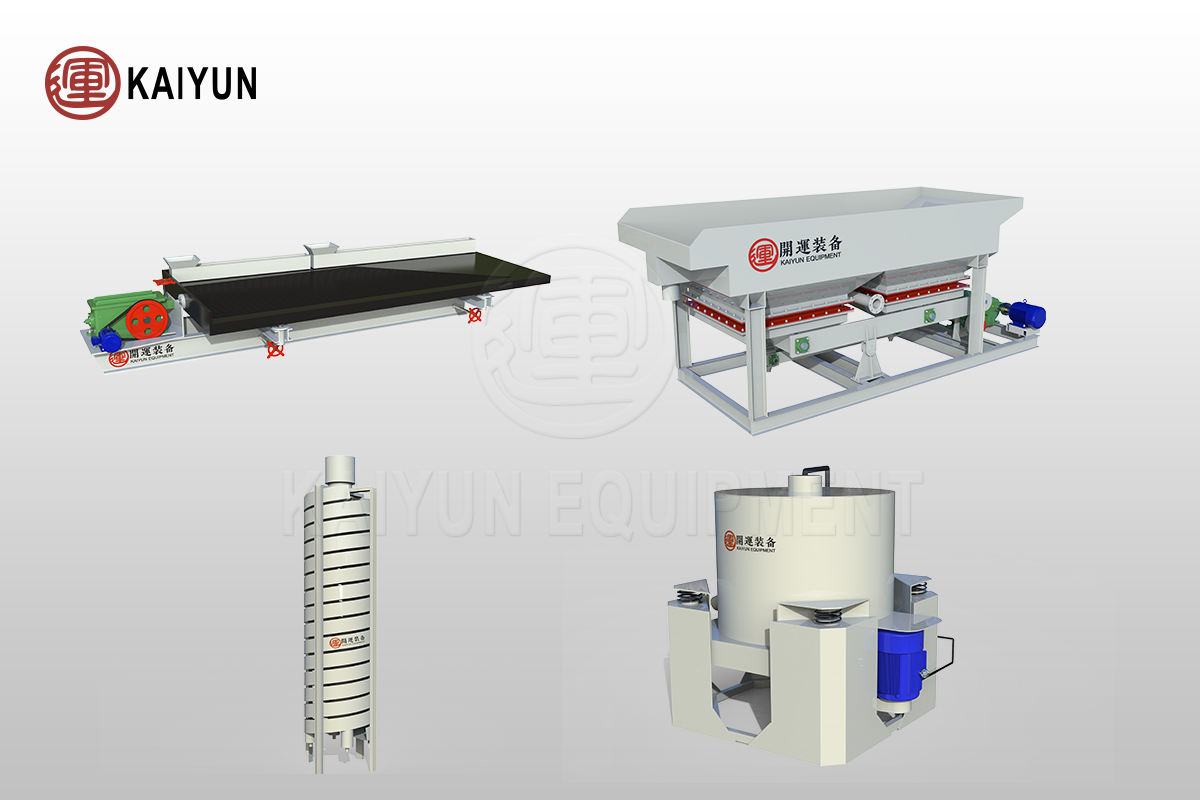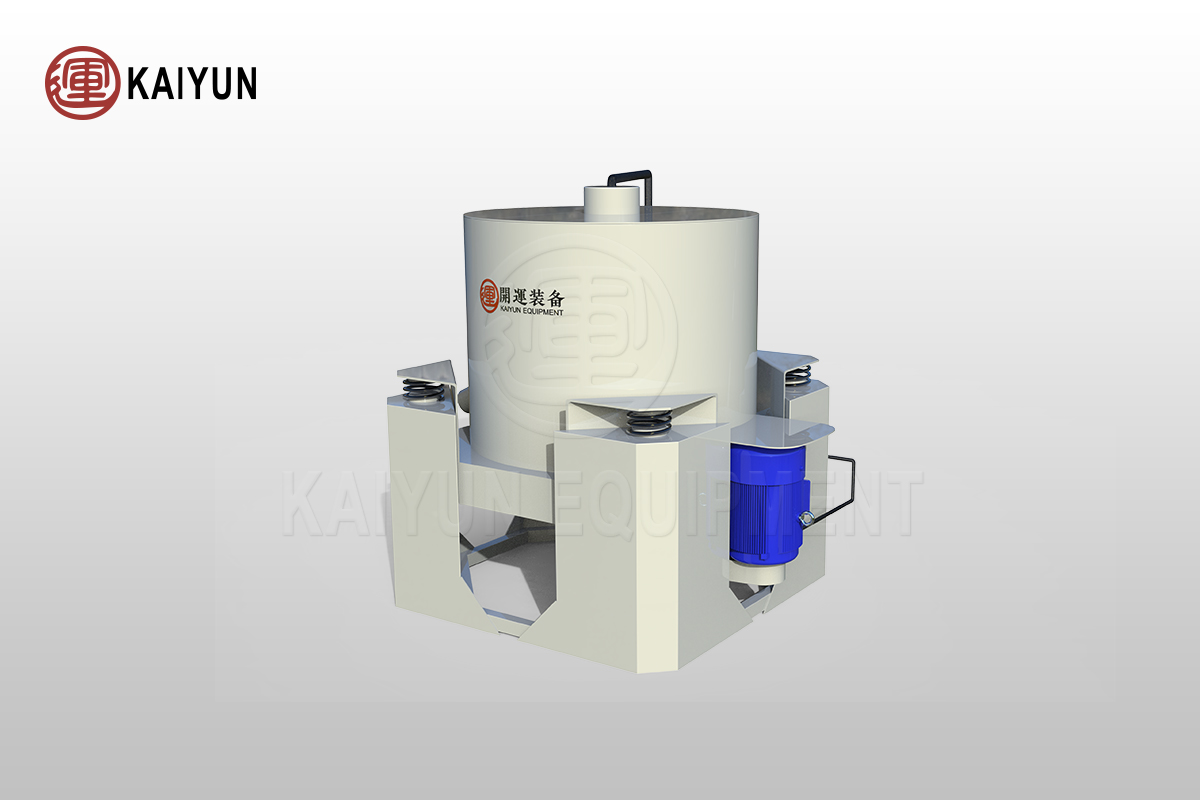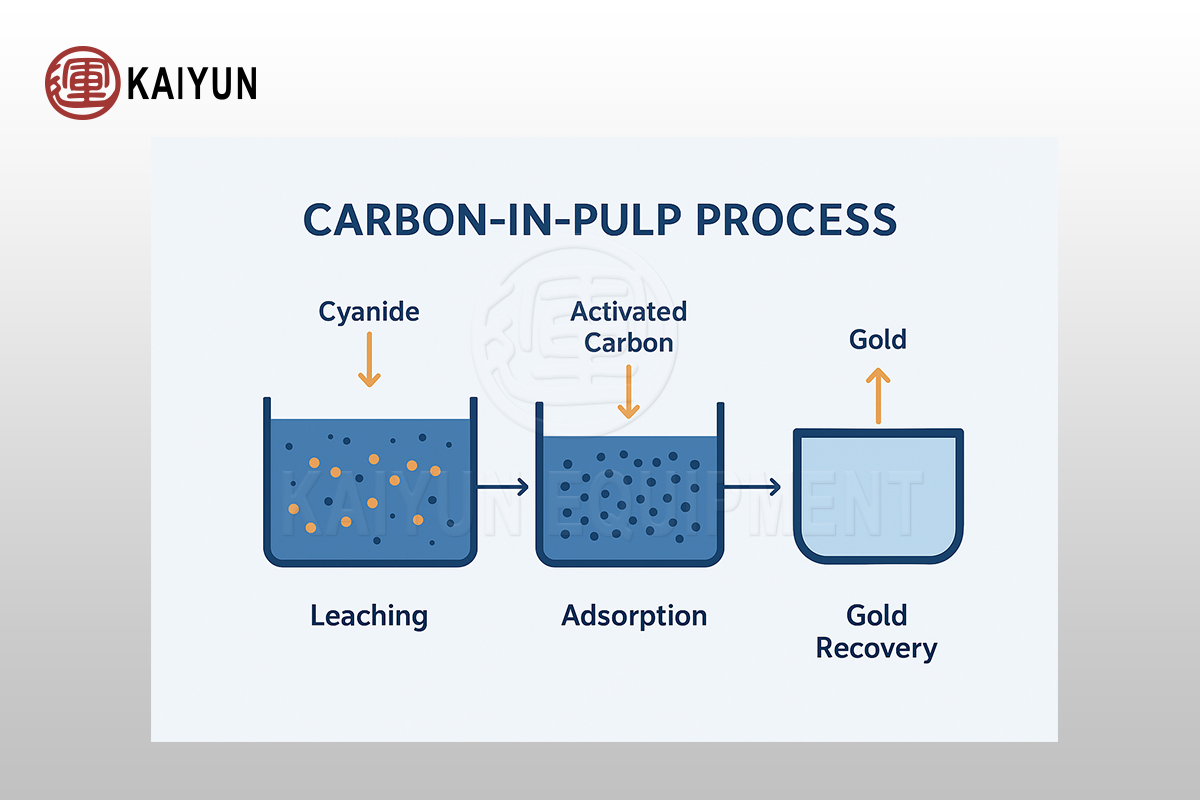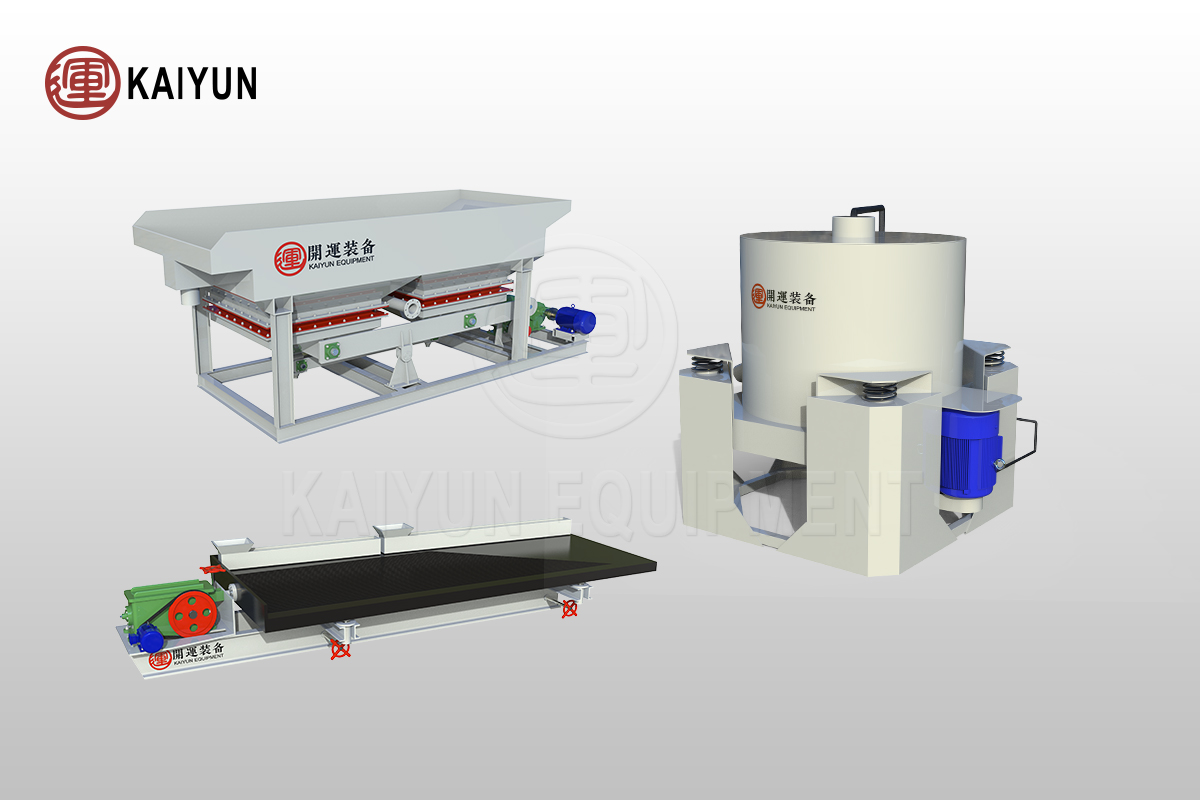Advantages of the Automatic Jig Machine: Energy-Saving and Efficient Mineral Separation
The automatic jig machine is an energy-saving and efficient gravity separation device featuring intelligent control, stable operation, and high recovery rate — ideal for gold, tin, manganese, and iron ore processing.
Why the Wet Pan Mill Is the Best Choice for Small Gold Mining Projects
Discover how the wet pan mill helps small gold mines achieve high recovery rates with low investment and easy operation.
From Ore to Gold Bar: It’s More Than Just a Machine – Demystifying the Complete CIP Production Line for Maximum Recovery
Efficiently and economically extracting trace amounts of gold from ore relies on a precisely synchronized, complete system. The Gold CIP (Carbon-in-Pulp) process is a prime example of this principle—it is not a single piece of equipment, but rather a mature, highly efficient, and proven "gold production assembly line".
Can Centrifugal Concentrators Work Together with Flotation?
Centrifugal concentrators and flotation can work together: recover free gold by gravity first, then use flotation for sulfides, maximizing recovery and reducing costs.
Centrifugal Concentrator vs Shaking Table & Spiral Chute | Best Gold Recovery Equipment
Discover the advantages of centrifugal concentrators over shaking tables and spiral chute. Learn why they deliver higher gold recovery, larger capacity, and lower operating costs for modern mining projects.
STLB Series vs Knelson Centrifugal Concentrator: What’s the Difference?
The STLB series and Knelson concentrators share the same working principle of using centrifugal force to recover fine gold and heavy minerals. Knelson, as the original Canadian brand, offers high-end precision and superior performance for ultra-fine gold, but comes with a much higher cost. The STLB series, developed in China, provides reliable recovery rates of 90–95%, easier maintenance, and a more affordable solution, making it widely popular in Africa and South America for alluvial and rock gold processing.
Key Points of CIP (Carbon-in-Pulp) Cyanidation Process
The cyanidation and adsorption of gold is a continuous process, not separate steps. To help operators better understand the full CIP process, we break down each stage and highlight the critical details for stable production and reduced losses.
Flotation: One of the Most Important Mineral Processing Technologies
In the field of mineral processing, flotation is one of the most widely applied and influential separation methods. It is particularly effective in the treatment of sulfide ores and fine-grained gold ores, showing irreplaceable advantages.
Gold Processing Solutions in Africa: Efficient Gravity Separation Equipment
To improve efficiency and maximize profits, modern gravity separation equipment is becoming the preferred choice for African miners. Among the most widely used machines are the Centrifugal Concentrator, Shaking Table, and Jig Machine.
- « Previous Page
- 1
- 2
- 3
- 4
- …
- 6
- Next Page »
